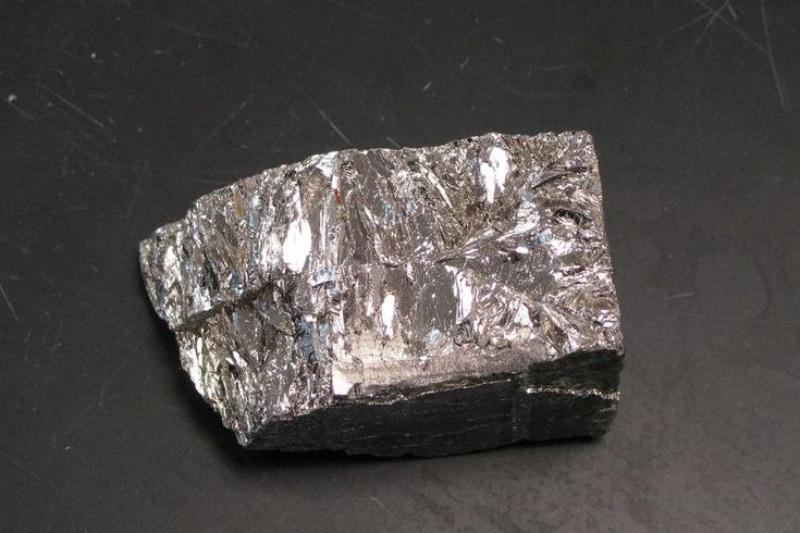Properties and occurrence
Beryllium is a hard, greyish metal naturally found in Earth's crust. It has the chemical symbol Be and atomic number 4 on the periodic table. With an atomic weight of 9.0122, it is very light and lightweight for its strength. It has a melting point of 1278°C and a boiling point of 2720°C. It possesses high tensile and flexural strength, and is a good conductor of both electricity and heat.
Beryllium useful deposits are scarce around the world. The largest reserves are located in North and South America. Significant reserves also exist in several Eurasian countries like Russia, Kazakhstan and China. The two most common minerals are beryl and bertrandite. Beryl contains up to 6% beryllium and bertrandite has up to 10%. Large deposits of these minerals form the basis of commercial mining and extraction operations.
Production and applications
Global annual production is approximately 1000 metric tons. The principal producers are the United States, China and Kazakhstan. Production involves mining beryllium-bearing minerals followed by extraction and purification steps to obtain metallic. Most beryllium is produced through either direct carbothermic reduction of oxide or electrolysis of molten chloride.
Due to its unique combination of physical and mechanical properties, it finds diverse uses in modern technology. It is an important alloying element for producing high-strength, rigid alloys for structural applications. Its alloys are lightweight and heat-resistant, making them ideal for aerospace components and jet engine parts. Electronics utilize it for its high thermal and electrical conductivity. Copper-beryllium alloys are commonly used to make important components like spring connectors in electronics devices.
It is also critical for the nuclear industry and defense technologies. It acts as a strong but light neutron reflector and moderator in nuclear reactors. Defense systems employ its alloys for radar domes and missile guidance systems due to their rigid structure. Dentistry utilizes its high transparency to x-rays in dental equipment like x-ray machines and guided radiation therapy headframes. Optics benefits from its ability to withstand high precision and polish for telescopes and mirrors.
Health effects of exposure
However, it in its pure and alloyed metallic form exhibits significant health hazards. Exposure to airborne particles can cause an inflammatory lung disease known as chronic beryllium disease (CBD). Symptoms include wheezing, shortness of breath and fatigue. CBD is not cancerous but it reduces lung function over time. Long-term exposure also increases the risk of developing lung cancer.
The main route of its exposure is through inhalation of dust or fumes during mining, production or manufacturing activities involving it and its alloys. Strict handling and safety measures are required to minimize airborne particulate matter. Protective respiratory equipment and ventilation controls are necessary in workplaces dealing with its materials. The International Agency for Research on Cancer has designated it and compounds as human carcinogens based on sufficient evidence in animals and limited evidence in humans.
Regulatory action and outlook
To minimize health and safety risks, countries have enacted regulations limiting occupational exposure to it. Permissible exposure limits have been set by organizations like the U.S. Occupational Safety and Health Administration and the European Union. Its materials require proper labelling and hazard communication. Their mining, production, use and disposal are regulated as well. Sensitivity testing for chronic disease has helped protect at-risk workers.
With rising technological applications dependent on its properties, demand for it is projected to grow moderately in the coming years. New extraction techniques may aid in mining more it economically. However, it will likely remain a specialist metal due to high costs and safety concerns regarding its toxicity. Ongoing efforts aim to substitute it with alternative lighter materials in some uses, while developing improved controls for minimizing beryllium exposure hazards in workplaces. Overall, it is indispensable but requires cautious handling due to serious associated health risks.
For Deeper Insights, Find the Report in the Language that You want:
About Author:
Ravina Pandya, Content Writer, has a strong foothold in the market research industry. She specializes in writing well-researched articles from different industries, including food and beverages, information and technology, healthcare, chemical and materials, etc. (https://www.linkedin.com/in/ravina-pandya-1a3984191)
